Not only building new airports, many countries in the region are rushing to expand large airports to meet increasing passenger demand as well as attract foreign investment and international visitors to boost economic growth, although there are also warnings about over-investment.
According to a Nikkei study of airport expansion plans near the capitals of seven countries in the region, including Vietnam, Thailand, the Philippines, Malaysia, Indonesia, Singapore and Cambodia, the total annual passenger capacity will reach at least 653 million by 2030, nearly double the 336 million in early 2023.
Thai Prime Minister Srettha Thavisin said at the opening ceremony of the satellite terminal at Bangkok's Suvarnabhumi International Airport in September that the event came at "the best time to revive the domestic economy." He expressed hope that the expansion of Thailand's largest airport would help revive the tourism industry, which has been hit hard by the pandemic.
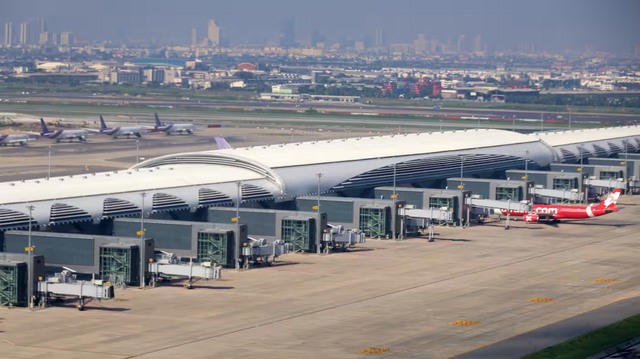
Thailand expands Suvarnabhumi International Airport
NIKKEI
The new satellite terminal can accommodate up to 28 aircraft and handle 15 million passengers a year. Once operational, the airport's overall capacity will increase by 30% to 60 million passengers a year, easing congestion at Suvarnabhumi International Airport.
The airport also plans to complete its third runway by 2024. It also aims to build a second satellite terminal and another runway by 2030, increasing its annual passenger capacity to 150 million.
The Thai government is also planning to expand two other airports, Don Mueang International Airport near Bangkok and U-Tapao Airport, southeast of the capital. The combined capacity of the three metropolitan airports will increase to 200 million passengers by 2030.
The rush to develop airports in Thailand and other countries in the region is driven by rising domestic demand amid their growing middle-income classes, according to the Japan Aerospace Development Corporation. Air passenger demand in Southeast Asia is expected to nearly triple in the two decades from 2019. The region's average annual growth rate is 4.6%, higher than the global figure of 3.4%, according to Nikkei Asia .
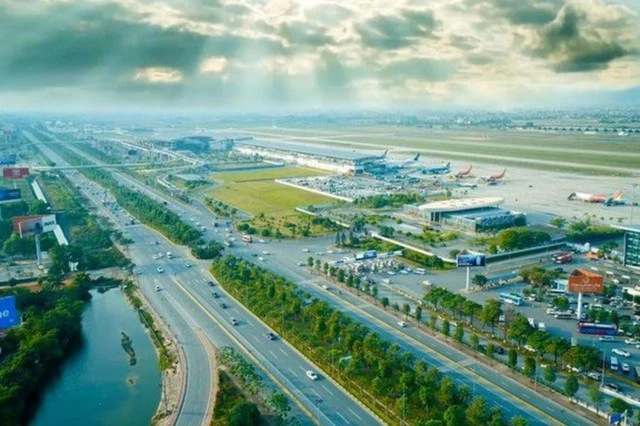
According to the plan, in addition to Noi Bai airport, there will be a second airport in the capital region.
NIA
Meanwhile, Vietnam will invest nearly VND100 trillion (US$4 billion) to increase the capacity of Hanoi's Noi Bai International Airport to 60 million passengers by 2030, 2.5 times higher than at present.
Cambodia will open a new international airport near Phnom Penh in 2025, with a total construction investment of 1.5 billion USD, initially capable of handling 13 million passengers, increasing capacity to 30 million by 2030.

New airport opens in Siem Reap
PV




























![[Photo] Nearly 104,000 candidates in Hanoi complete procedures to take the 10th grade entrance exam](https://vphoto.vietnam.vn/thumb/1200x675/vietnam/resource/IMAGE/2025/6/7/7dbf58fd77224eb583ea5c819ebf5a4e)






























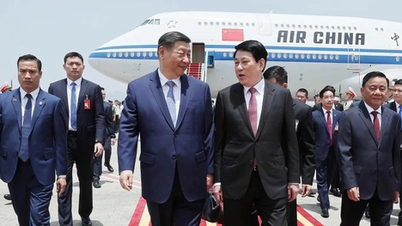



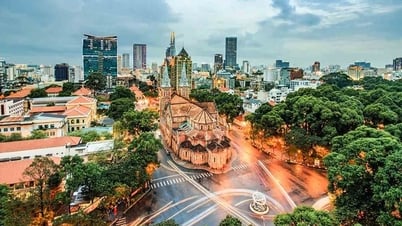
















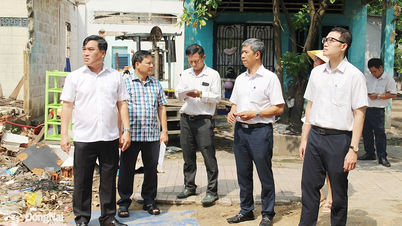








![[OCOP REVIEW] Tu Duyen Syrup - The essence of herbs from the mountains and forests of Nhu Thanh](https://vphoto.vietnam.vn/thumb/402x226/vietnam/resource/IMAGE/2025/6/5/58ca32fce4ec44039e444fbfae7e75ec)





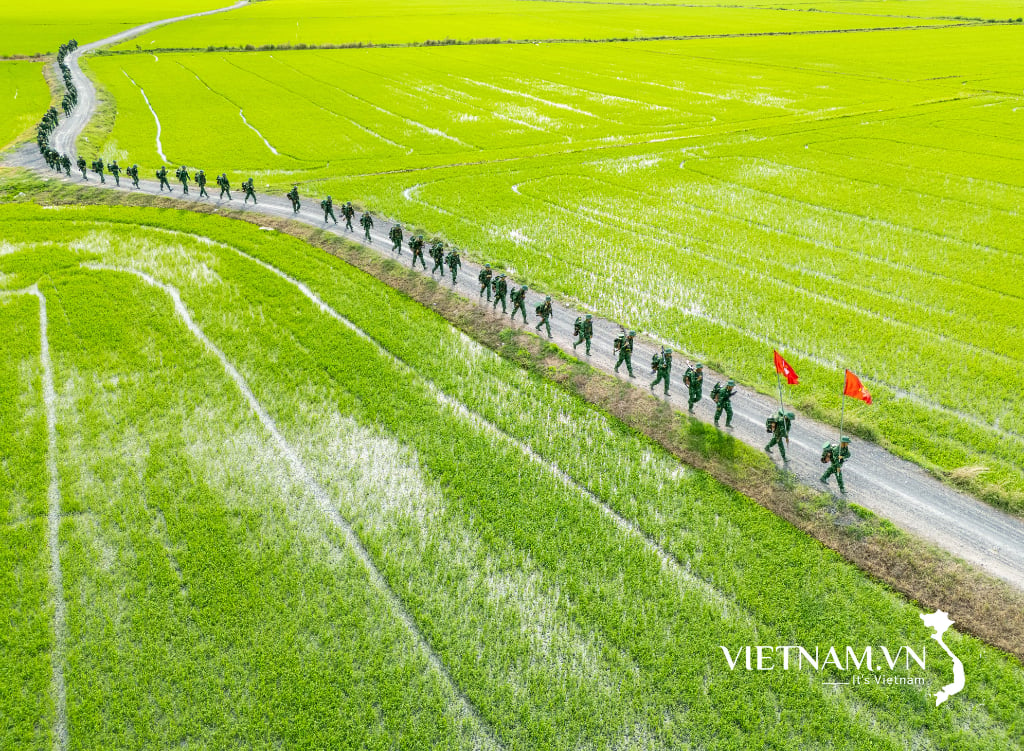

Comment (0)